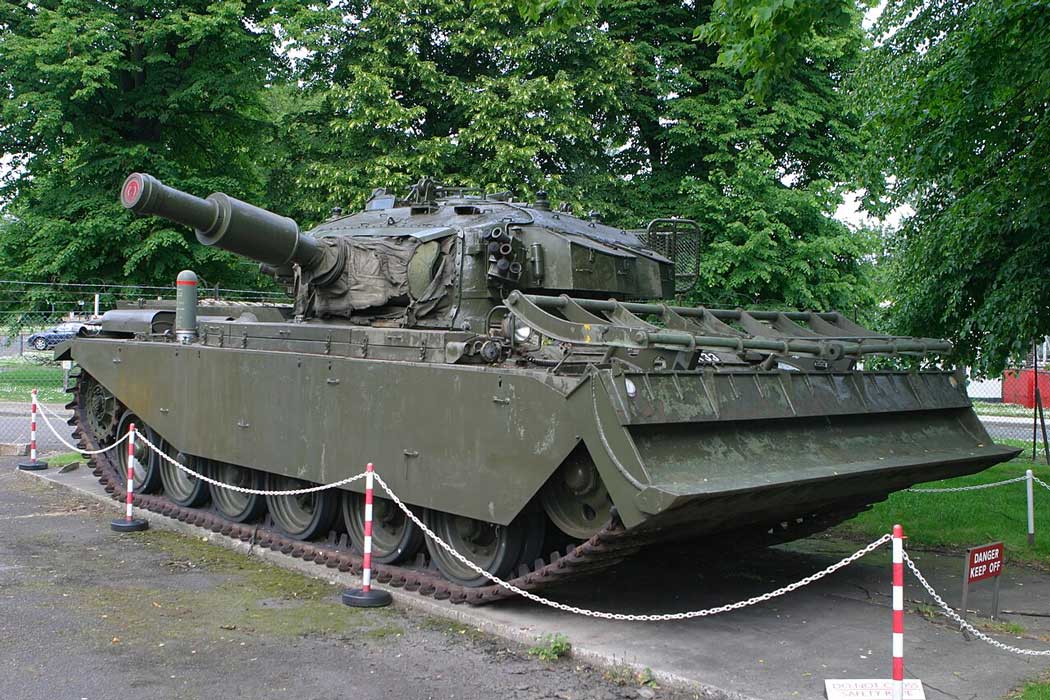The Royal Engineers Museum in Gillingham focuses on the contributions and innovations of the Corps of Royal Engineers and visitors to the museum can see a diverse collection of artefacts, documents and equipment spanning various conflicts.
It is the largest military museum in Kent and it has one of the country’s most significant collections of military artefacts.
What to see at the Royal Engineers Museum
The museum’s collection encompasses artefacts, documents and equipment that chronicle the Royal Engineers’ involvement in various conflicts. Exhibits detail the evolution of military engineering, showcasing the tools and technologies employed in both peacetime and wartime endeavours.
Significant exhibits include 25 Victoria Crosses plus the map used by the Duke of Wellington during the Battle of Waterloo. The museum also has displays about the Royal Engineers’ contributions to major historical events, including their role in building military infrastructure, battlefield engineering and logistical support during conflicts such as the First and Second World Wars. Visitors can explore the technical aspects of military engineering through exhibits featuring equipment used for bridging, fortification and demolition.
The museum also houses a notable collection of medals, uniforms and personal items belonging to members of the Royal Engineers, offering insights into the lives and experiences of those who served. Additionally, sections are dedicated to the regiment’s involvement in humanitarian efforts.

Visiting the Royal Engineers Museum
The Royal Engineers Museum is on a leafy street in Gillingham. While there is not much of interest in the immediate vicinity around the museum, you can walk from here to the main gate of the Chatham Historic Dockyard in around 15 minutes.
There is ample free car parking on site. You can also visit by public transport with bus route 116 stopping outside and buses 101 and 182 stopping nearby.
There is a cafe in the courtyard, which is just as well as there are no other places to eat or drink close by. Other visitor facilities include a gift shop.
This is a relatively large museum so allow 2–3 hours for your visit.


There are no comments yet.